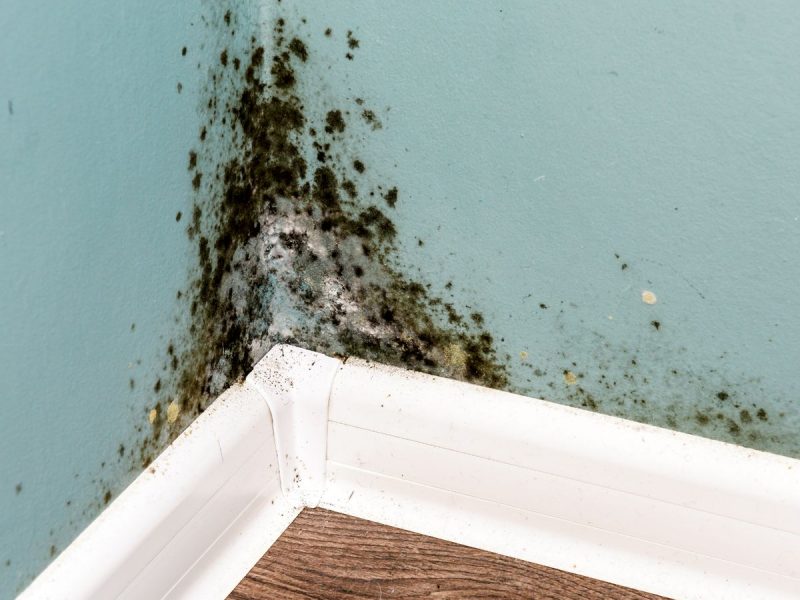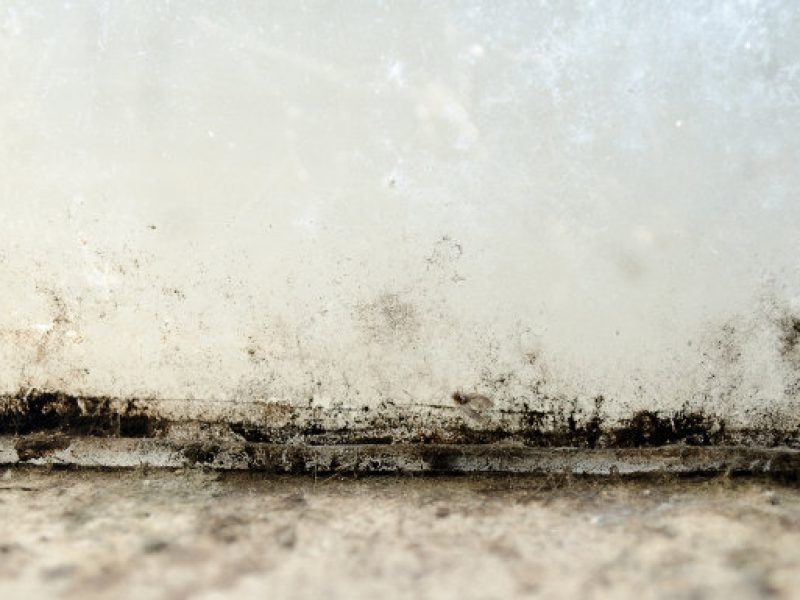Mould Removal Services in Mount Lewis
Are you looking for Mould Removal Services in Mount Lewis that you can trust? Sleeping in a room with mould is almost guaranteed to make you ill. Mould may grow indoors in wet or moist areas lacking adequate ventilation, including walls/ wallpaper, ceilings, bathroom tiles, carpets.
What We Clean

Bathroom Mould
Water runs frequently in bathrooms, making it moist and humid, an environment that allows mould to thrive. When people don't clean the surfaces or dry them off, mildew begins to form. If it isn't removed, it develops into mould.

Wall Mould
Black mould is often a result of condensation. When warm moist air comes into contact with a surface at a lower temperature, the moisture condenses on to it. After a while, mould will start to grow on the surface.

Ceiling Mould
Common in older homes, excessive humidity and poorly insulated ceilings can lead to mold growth on ceilings. Mold growth due to humidity (as opposed to liquid moisture) is often identifiable by the growth pattern.

Professional Mould Removal Services in Mount Lewis
Professional and best Mould Removal Services in Mount Lewis. Call the mould cleaning experts for bathroom, ceiling & wall. Click here to get a Free Guide to Professional Mould Assessment & Remediation.
- Mould is a fungus that grows in damp areas.
- Mould grows in a wet environment.
- You can get sick if you leave mould in your house.
- Mould can cause health problems if not handled properly.
- By calling a bathroom mould specialist today, you can prevent illness in the future.
Our Mould Cleaning Services in Mount Lewis
What is Mould?
Mould is a type of fungus that decomposes dead organic matter. Living animals and plants are sometimes infected by these fungi. It is impossible to see the individual colonies of mould spores and fiber-like structures without a microscope.
If you have smelled a musty smell in your home or have noticed unsightly stains on various parts of your property, you may want to consider a mould removal project.
Since these are living organisms, their population growth is exponential, meaning that the magnitude of the problem caused by them increases over time.
Since they’re still small in number, it’s wise to eliminate them while they’re still around. Here are some tips for cleaning up mould in an effective and safe manner.
We specialize In...

Bedrooms Mould

Closets

Black Mould

Kitchen Mould

Bathrooms Mould

Laundry Mould
Why does my mould grow?
If you are looking forward to cleaning mould, you need to be careful so that you don’t have spores spreading in your home. Moulds are normally affixed to the wall, but they are made up of several spores that can easily spread to several parts of the home if they are not handled with care. The spread mode is through the air. One disadvantage is that these tiny spores cannot be seen with natural eyes. Once they spread and land on serene grounds, they will grow into moulds. Our Cleaning Business provide various type of mould cleaning services in your area and near you.
How can it affect my health?

What should you do if your health is affected by mould?
Getting rid of the mould is only the first step in your solution. Mould inside your house can make you certainly sick, breathing in mould fragments or spores can inflame the air passages, creating a nasal blockage, wheezing, breast tightness, coughing, and throat inflammation. So you need to clean the mould and see a doctor asap.
Knowing how to test for mould entails making some research on the various ways to conduct the test. The easiest way to do this is to purchase mould test kits from a home improvement store or a hardware store. You can look for any outward signs of the presence of mould colonies, such as dark spots, discolorations, and wet areas in your home. These test kits either use a special kind of tape or a cotton swab to take samples from these areas.
Some use agars while others are used to sample the air from the HVAC system. The samples are then sent to professional laboratories that will identify the kind of mould that you have found. However, it should be noted that these systems are not that accurate and they cannot be used to quantify the amount of mould in your home.
And after you have identified those areas in your home that contain mould colonies, it is time for mould and mildew removal. Before undertaking this, you need to make sure that you are wearing rubber gloves, safety goggles, and a face mask. You will also have to ensure that your goggles are not the ones provided with ventilation holes but if they do have these holes, you can close these holes with adhesive tape.
It is also important to wear old clothes with long sleeves to prevent contact of the spores with your skin. You also have to shut down any electric fans or air conditioning systems to minimize the possibility that the spores may be blown to other areas of the house.
What should you do if you have a mould in your home?

- Mould Removal Services in Bankstown
- Mould Removal Services in Chullora
- Mould Removal Services in Greenacre
- Mould Removal Services in Lakemba
- Mould Removal Services in Potts Hill
- Mould Removal Services in Punchbowl
- Mould Removal Services in Roselands
- Mould Removal Services in Wiley Park
- Mould Removal Services in Yagoona
Got a Question?
F.A.Qs
Mould is the common term for the microorganism fungi. There are thousands of different species of mould, many are as yet unidentified.
Mould is caused by excess moisture. This could be from a variety of causes including: water leaks, excess condensation, rising damp, rain entering a building, flood, standing water, heating and cooling ducts and wet floors/flooring. Mould can occur in most environments, indoors and outdoors and at any time of the year but it will worsen in warm and humid conditions.
Mould will thrive in conditions of excess moisture and poor ventilation. If it is warm and humid the mould will worsen. One of the problems associated with mould growth is that it isn’t always in places that are visible. Mould can occur indoors or outdoors, in basements, attics, behind drywalls, under carpets, anywhere with excess moisture. Mould grows easily on wooden items and ceiling tiles as well as in dust, paint, wallpaper, fabrics, insulating materials and upholstery.
In 2001 mould was classed as a category 1 risk to health according to the Housing Health and Safety Rating System (HHSRS), this is the same category as asbestos. Mould spores spread through the atmosphere and are inhaled by individuals in the environment. Prolonged exposure to mould is particularly harmful to health. The IOM (Institute of Occupational Medicine), among others has established evidence that linked exposure to damp indoor conditions with upper respiratory tract symptoms. In an outbreak of mould, landlords, councils and housing associations are legally bound to clear it under section 11 of the Landlord and Tenant Act 1998.
Mould is the common term for fungi. There are many forms so consequently, its appearance varies. Generally it will appear as patches of black, green, yellow, brown or pink ‘furry’ growths that usually have an unpleasant odour. If you are able to smell mould the indication is that there is a health risk as the spores and mycotoxins produced are airborne. If mould is visible on surfaces it is probable that it will also be found in less visible places. Mould infiltrates and damages internal walls, spreading throughout the brickwork and compromising the structural integrity of the building.
Yes! Our technicians are highly trained and have many years of experience of mould removal and remediation. We can produce before and after results to validate the clean. You can be certain that all mould will be effectively removed and its return prevented, giving you complete peace of mind.